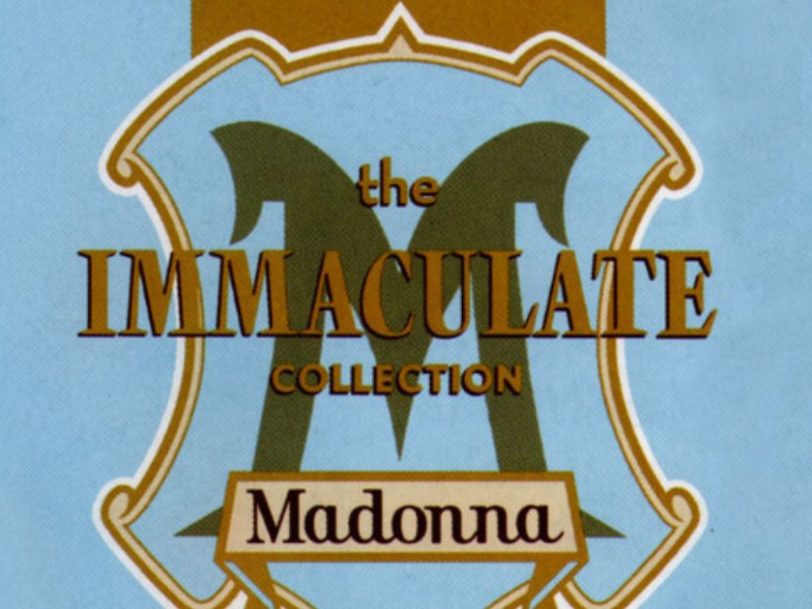When Madonna issued her first “best of” album, The Immaculate Collection, towards the end of 1990, it shattered sales records and acted as a victory lap for an artist who had been responsible for many of the best 80s songs. No mere consolidation of the past, however, The Immaculate Collection also included two exclusive new tracks which set the direction for the next stage of the “Queen Of Pop”’s ever-evolving career.
This is the story of how Madonna reinvented the greatest-hits album, and why The Immaculate Collection remains the “best of” by which all others must be judged.
Listen to ‘The Immaculate Collection’ here.
Madonna had released so many hit songs, they didn’t all make the tracklist
In the 80s, every single that Madonna issued after her Holiday breakthrough, in 1984, would go on to be a big success. In the UK, only Borderline needed an extra push (a reissue would go all the way to No.2 in 1986), while each of her singles would go Top 10 in the US (with the exception of 1989’s experimental Oh Father). In the UK, meanwhile, the “Queen Of Pop” had enjoyed 22 consecutive Top 10 singles, including seven No.1s – but, incredibly, not even all of those chart-toppers would make it onto The Immaculate Collection’s 17-song tracklist. With a running time just shy of 74 minutes, there was no room for True Blue’s 1986 title track or Who’s That Girl, which had topped charts on both sides of the Atlantic in the summer of 1987.




